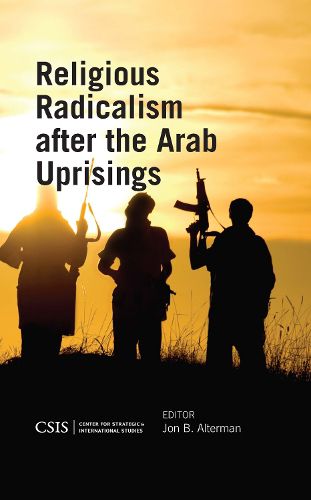Readings Newsletter
Become a Readings Member to make your shopping experience even easier.
Sign in or sign up for free!
You’re not far away from qualifying for FREE standard shipping within Australia
You’ve qualified for FREE standard shipping within Australia
The cart is loading…






Gathering field work from almost twenty countries along with in-depth analysis and case studies, Religious Radicalism after the Arab Uprisings explores how radical groups, governments, and publics have responded to the Arab uprisings of 2011 and how conflicts that many thought were coming to an end are likely to continue indefinitely. Leading experts from the Center for Strategic & International Studies explore how radical groups have combined techniques learned from more liberal counterparts with a simultaneous decline in police capacity to construct an effective threat against established powers. The book also examines how governments have responded to unprecedented challenges to their authority by attacking a wide range of religiously inspired groups. It concludes that to face the current threats, governments need analyze the effectiveness of existing tools, discarding those that are outdated and adopting the new strategies to counter the ever-mounting radical presence.
$9.00 standard shipping within Australia
FREE standard shipping within Australia for orders over $100.00
Express & International shipping calculated at checkout
Gathering field work from almost twenty countries along with in-depth analysis and case studies, Religious Radicalism after the Arab Uprisings explores how radical groups, governments, and publics have responded to the Arab uprisings of 2011 and how conflicts that many thought were coming to an end are likely to continue indefinitely. Leading experts from the Center for Strategic & International Studies explore how radical groups have combined techniques learned from more liberal counterparts with a simultaneous decline in police capacity to construct an effective threat against established powers. The book also examines how governments have responded to unprecedented challenges to their authority by attacking a wide range of religiously inspired groups. It concludes that to face the current threats, governments need analyze the effectiveness of existing tools, discarding those that are outdated and adopting the new strategies to counter the ever-mounting radical presence.